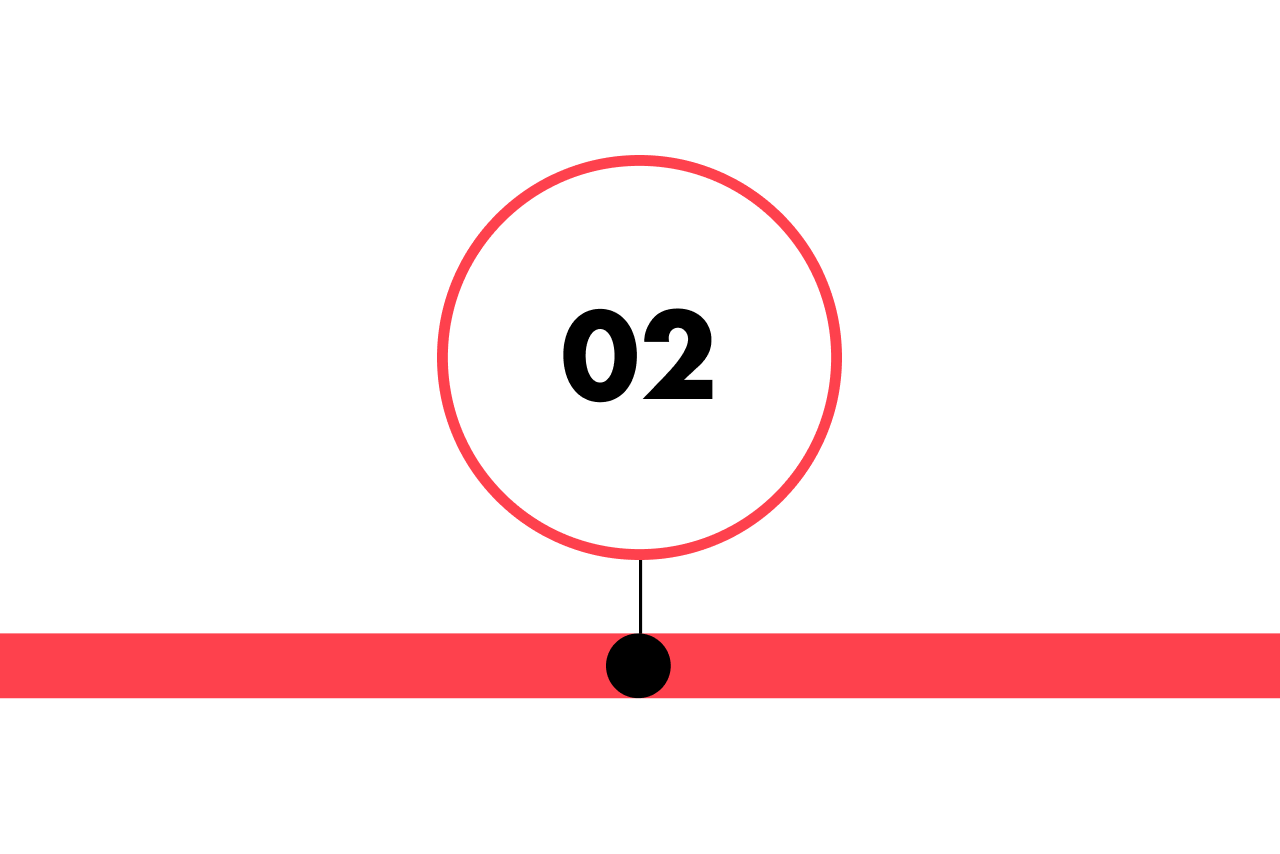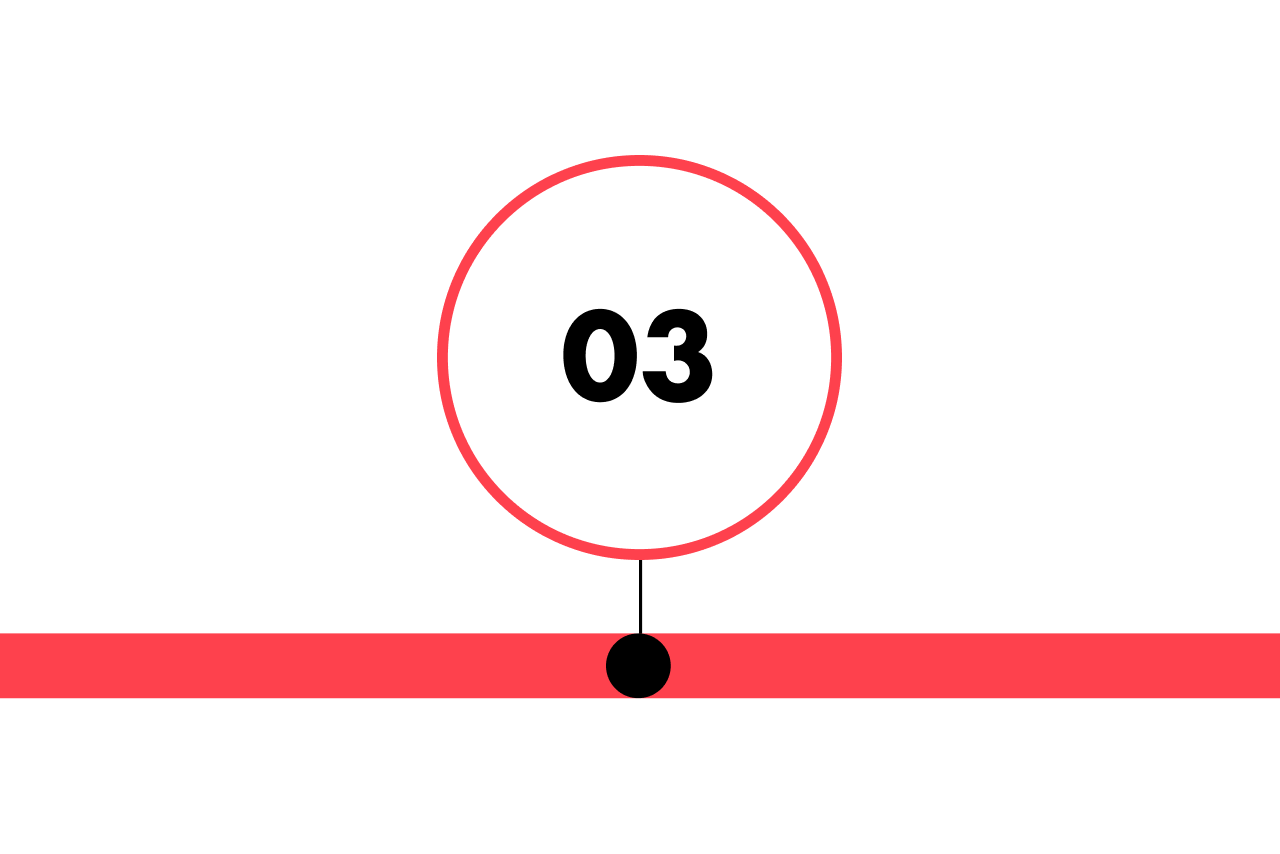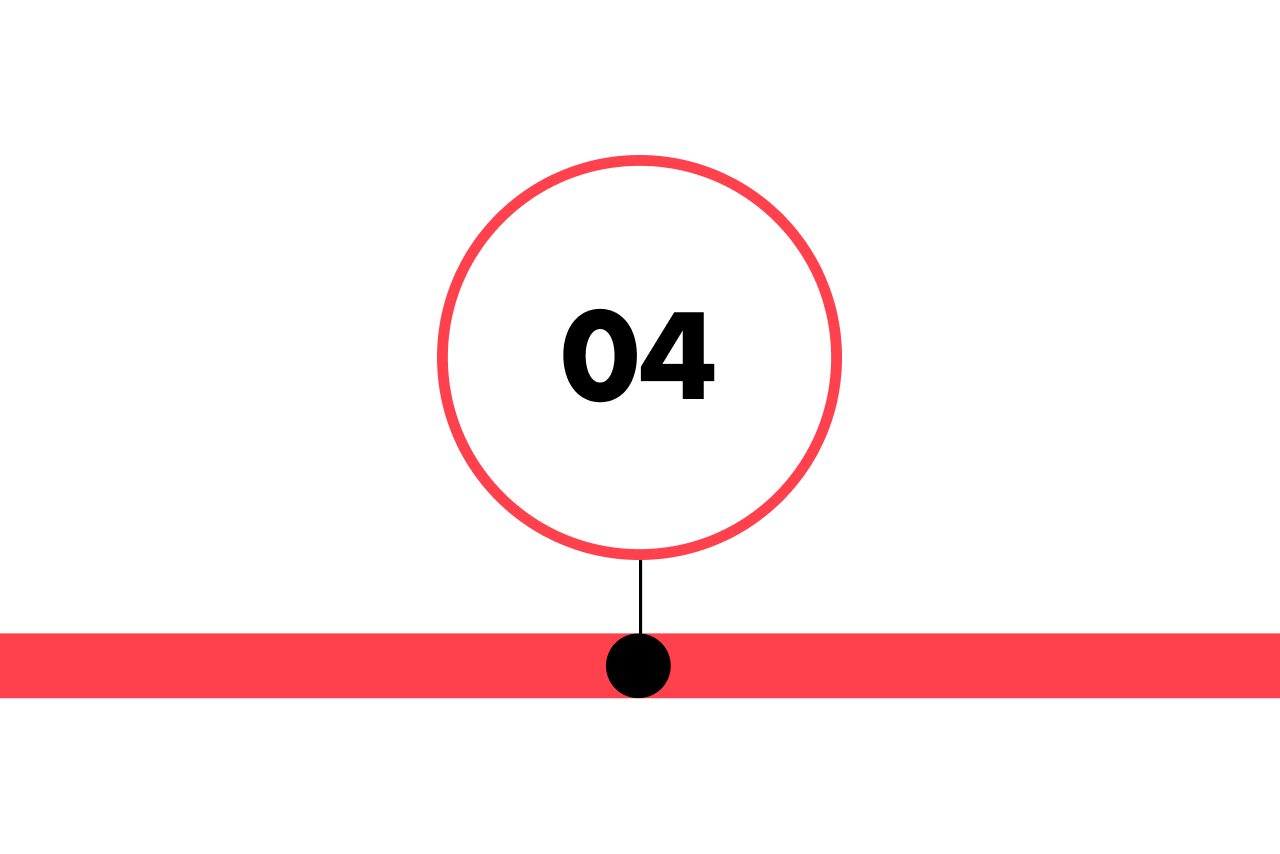What issue can we solve for you?
Type in your prompt above or try one of these suggestions
Suggested Prompt



Legacy Modernization Roadmap: Reducing Tech Debt with AI
Comparing traditional approaches vs. Slingshot-enabled modernization.
Legacy systems are the silent tax on innovation. Only 18 percent of companies¹ have completed continuous core modernization, yet the majority of leaders report blowing their system modernization project budgets. That’s because traditional approaches are slow, risky and often just reshuffle technical debt instead of eliminating it.
This roadmap lays out our legacy application modernization methodology step-by-step and shows the difference when you do it with Sapient Slingshot, our AI-powered modernization platform, versus without. At every stage, having a human-in-the-loop is essential: architects, subject matter experts (SMEs), engineers and QA specialists guide, validate and refine AI-generated outputs to ensure transformation is accurate, safe and aligned with your business goals.
The six stages of Slingshot-enabled modernization
Stage 1: Discover and assess legacy systems
The challenge: “We don’t know what’s hidden in decades of COBOL and Java code. Losing SMEs makes it even worse. A manual audit could take years and still miss business-critical rules.”
- Without Slingshot: The manual approach requires teams to comb through millions of lines of code and interview SMEs for months, which is expensive and incomplete.
- With Slingshot: AI agents ingest legacy code and use generative AI models trained on COBOL, Java, other legacy coding languages and mainframe patterns to reverse-engineer functionality. They produce specifications, flow diagrams and dependency graphs with up to 99 percent code-to-spec accuracy in days. SMEs review outputs to confirm nothing vital is missed.
The Slingshot difference: Unlike generic scanners, Slingshot connects outputs to business capabilities, turning hidden code into a usable modernization playbook.
Stage 2: Align business and technology for ROI in modernization
The challenge: “Even when IT delivers a plan, it’s disconnected from business ROI. Funding stalls because I can’t prove value early enough.”
- Without Slingshot: In the manual model, architects often create plans in isolation that read like technical documents, disconnected from revenue or risk outcomes.
- With Slingshot: Slingshot closes this gap by cross-referencing the extracted rules and process flows with enterprise KPIs and compliance requirements. It then auto-populates Jira/ADO with backlog items, each tagged with business outcomes such as reduced processing time or cost savings.
The Slingshot difference: Where others stop at technical detail, Slingshot makes modernization fundable by proving the ROI of application modernization early.
Stage 3: Design future-state modern architecture
The challenge: “We spend months and millions designing a target architecture. By the time it’s ready, our business priorities have already shifted.”
- Without Slingshot: Manually mapping APIs, data models, and integrations slows progress and leaves little flexibility. Risks of misaligned design are high.
- With Slingshot: The outputs from discovery feed directly into design. The platform proposes microservice boundaries, API specifications and data migration schemas. Architects review and refine these machine-generated blueprints, ensuring designs are enterprise-compliant and business-ready.
The Slingshot difference: Unlike static competitor outputs, Slingshot produces living architectures that update when business rules or standards change.
Stage 4: Plan and mitigate modernization risks
The challenge: “Big-bang cutovers terrify me. If one thing breaks, the whole business is down. I need a safe, incremental path.”
- Without Slingshot: Traditional SI programs run for multi-year timelines with massive labor costs. Programs stall or are scrapped when priorities shift.
- With Slingshot: Automate safer pathways by decomposing monoliths into incremental slices. Each slice is tied to a migration playbook that includes automated regression packs, canary deployment scripts and rollback triggers. Predictive dashboards highlight which modules are most complex or defect-prone, allowing CIOs to allocate resources where risk is highest.
The Slingshot difference: Competitor platforms may help decompose code, but Slingshot gives leaders visibility into the probability of failure before it happens.
Stage 5: Build and modernize applications with AI automation
The challenge: “Manual rewrites are slow and error-prone. Skilled developers are wasted retyping COBOL logic into Java. We can’t afford years of code churn.”
- Without Slingshot: Your roadmap involves vendor selection and gradual rollouts, but execution would take years.
- With Slingshot: AI coding agents convert specs into production-ready Spring Boot, .NET or Python services. Testing agents auto-generate unit and regression tests. Engineers validate and extend outputs, ensuring 60–70 percent of the work is done before coding even begins.
The Slingshot difference: Unlike coding copilots that output snippets, Slingshot ensures spec-to-code coverage across the full system.
Stage 6: Deploy and scale modernized applications (Avoid new technical debt)
The challenge: “Go-live is usually treated as the end. But I’ve seen too many modern systems become the next legacy because they lack monitoring and resilience.”
- Without Slingshot: Deployments often lack monitoring, predictive recovery or DevOps maturity, leaving enterprises vulnerable to new “legacy” debt.
- With Slingshot: AI deploy agents provision infrastructure as code, configure monitoring dashboards and establish self-healing workflows. Ops teams govern and tune these processes, ensuring continuous modernization without new technical debt.
The Slingshot difference: Unlike competitors who deliver code and exit, Slingshot creates a continuous modernization capability to ensure today’s modern systems don’t become tomorrow’s technical debt.













